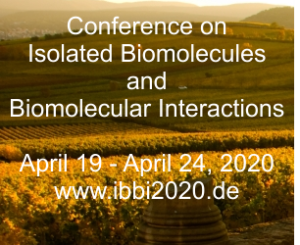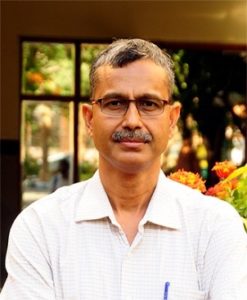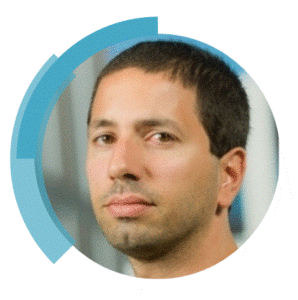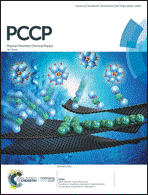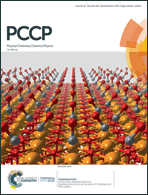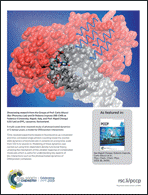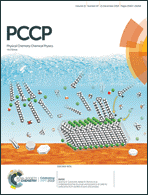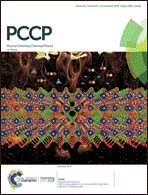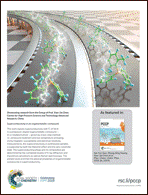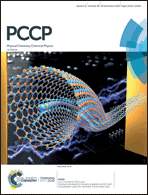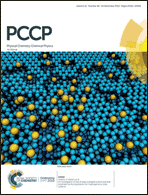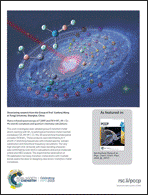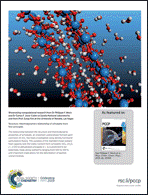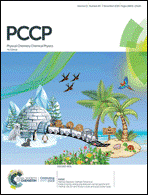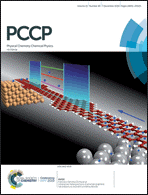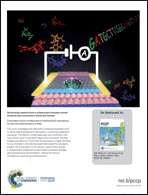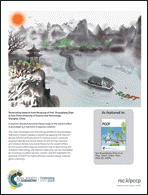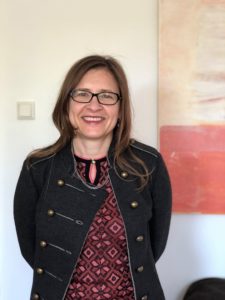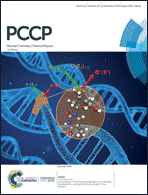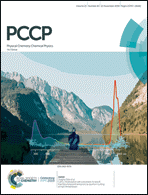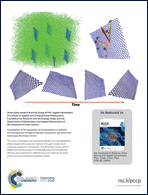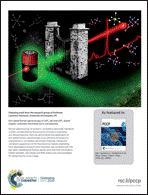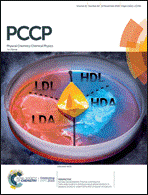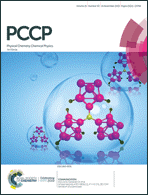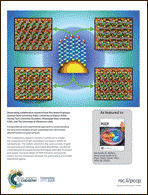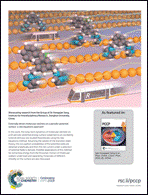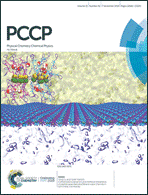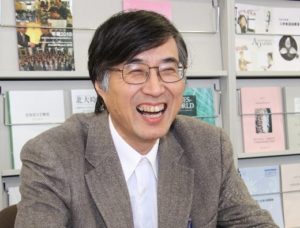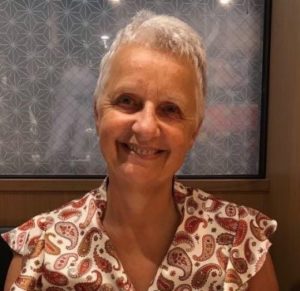We are delighted to announce that the Physical Chemistry Chemical Physics (PCCP) themed issue XFELs: cutting edge X-ray light for chemical and material sciences is now online and free to access until the end of May 2020.
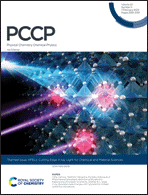 XFELs (X-ray free electron lasers) provide a coherent, monochromatic and ultra-short pulse X-ray light. This enables experiments into the ultrafast dynamics of electron excitation and chemical reactions, and coherent imaging of materials.
XFELs (X-ray free electron lasers) provide a coherent, monochromatic and ultra-short pulse X-ray light. This enables experiments into the ultrafast dynamics of electron excitation and chemical reactions, and coherent imaging of materials.
Guest Edited by Professor Kiyotaka Asakura, Professor Kelly Gaffney,Dr Chris Milne and Dr Makina Yabashi, this collection reviews the very recent achievements of XFELs in chemical and material sciences.
Read the full issue online
It includes:
Editorial
XFELs: cutting edge X-ray light for chemical and material sciences
Kiyotaka Asakura, Kelly J. Gaffney, Christopher Milne and Makina Yabashi
Phys. Chem. Chem. Phys., 2020, 22, 2612-2614. DOI: 10.1039/C9CP90304F
Paper
Direct observation of the electronic states of photoexcited hematite with ultrafast 2p3d X-ray absorption spectroscopy and resonant inelastic X-ray scattering
Ahmed S. M. Ismail, Yohei Uemura, Sang Han Park, Soonnam Kwon, Minseok Kim, Hebatalla Elnaggar, Federica Frati, Yasuhiro Niwa, Hiroki Wadati, Yasuyuki Hirata, Yujun Zhang, Kohei Yamagami, Susumu Yamamoto, Iwao Matsuda, Ufuk Halisdemir, Gertjan Koster, Bert M. Weckhuysen and Frank M. F. de Groot
Phys. Chem. Chem. Phys., 2020, 22, 2685-2692. DOI: 10.1039/C9CP03374B
Paper
Resolving structures of transition metal complex reaction intermediates with femtosecond EXAFS
Alexander Britz, Baxter Abraham, Elisa Biasin, Tim Brandt van Driel, Alessandro Gallo, Angel T. Garcia-Esparza, James Glownia, Anton Loukianov, Silke Nelson, Marco Reinhard, Dimosthenis Sokaras and Roberto Alonso-Mori
Phys. Chem. Chem. Phys., 2020, 22, 2685-2692. DOI: 10.1039/C9CP03374B
Paper
Design of a liquid cell toward three-dimensional imaging of unidirectionally-aligned particles in solution using X-ray free-electron lasers
Akihiro Suzuki, Takashi Kimura, Ying Yang, Yoshiya Niida, Akiko Nishioka, Tatsuro Tachibana, Masashi Takei, Kensuke Tono, Makina Yabashi, Tetsuya Ishikawa, Tairo Oshima, Yoshitaka Bessho, Yasumasa Joti and Yoshinori Nishino
Phys. Chem. Chem. Phys., 2020, 22, 2622-2628. DOI: 10.1039/C9CP03658J
Paper
Core–valence-separated coupled-cluster-singles-and-doubles complex-polarization-propagator approach to X-ray spectroscopies
Rasmus Faber and Sonia Coriani
Phys. Chem. Chem. Phys., 2020, 22, 2642-2647. DOI: 10.1039/C9CP03696B
We hope you enjoy reading the articles. Please get in touch if you have any questions about this themed collection or PCCP.
Comments Off on XFELs: cutting edge X-ray light for chemical and material sciences PCCP themed issue now online and free to access
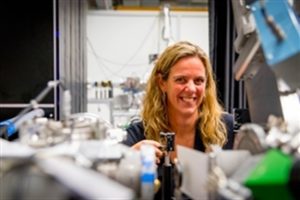 We are delighted to learn that Anouk Rijs, PCCP‘s Deputy Chair of the Editorial Board has been award 1.5 million Euros as a Vici grant from the Dutch Research Council (NWO).
We are delighted to learn that Anouk Rijs, PCCP‘s Deputy Chair of the Editorial Board has been award 1.5 million Euros as a Vici grant from the Dutch Research Council (NWO).











